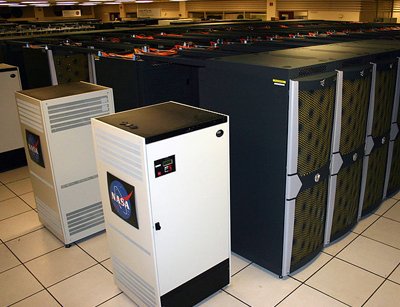NASA will carry out upgrades to its Pleiades supercomputer system early next year with a goal of bringing up to 10 petaflops of peak performance. It is working with SGI, using its ICE high performance computing (HPC) platform Carlsbad 3.0 for power and cooling technology and Intel for its Xeon processor E5 Romley family.
It is also upgrading its network using Intel’s FDR dual-plane, hypercube-technology InfiniBand network – a low latency architecture designed for HPC. Pleiades currently ranks 7th in the TOP500 worldwide list for the most powerful supercomputers.
It is used by NASA scientists and engineers for modelling and simulation for missions. It is currently using Intel Xeon X5670 Westmere and X5570 and E5472 processors. All up it contains 185 racks and performs at 1.34 petaflops of peak performance, according to NASA’s Pleiades website.
NASA Ames Research Center division chief Rupak Biswas said the SGI ICE platform will be used to expand the system without downtime “saving us precious compute hours as we increase and adapt system size to NASA’s evolving missions”. Carlsbad will be integrated into the Pleiades supercomputer, adding about 35% to the supercomputer’s peak capability, according to SGI.

